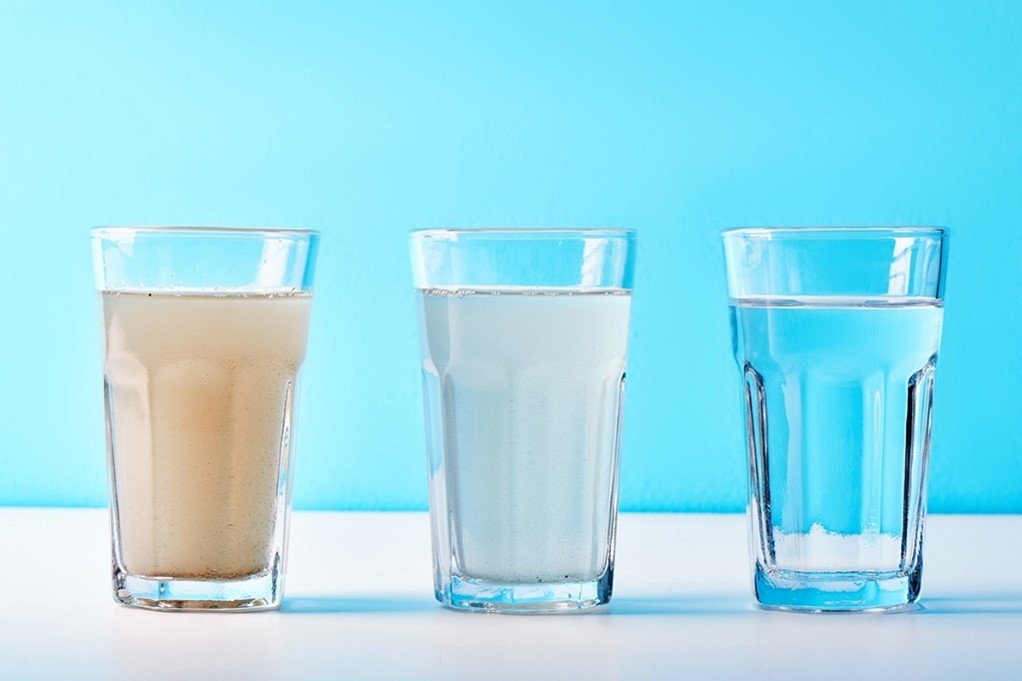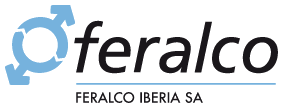2022-04-04
Coagulants from Feralco were successful in the direct membrane filtration of wastewater
Coagulants from Feralco Iberia have been successful in a study from the university of Valencia that has analyzed direct membranes feasibility for treating municipal wastewater. This direct membrane treatment decreases costs and increases the energy efficiency of treatment.
Wastewater treatment is a source of resources: clean water, energy and nutrients. However, the anaerobic technology it is an inefficient system in the two latter aspects. That is why in last years many technologies has been proposed in order to improve energy efficiency and nutrient recovery. Generally, they need significant economical investments, due to the radical modifications of structural schemes and operating conditions that are required.
Direct membrane filtration technology consist on using a membrane based filtration system for treating the raw affluent. It offers many advantages: the decrease of oxygen demand levels in the subsequent biological process (or even the elimination of this treatment); the organic matter concentrated at the membrane tank can be transformed into methane by anaerobic digestion, and part of the affluent nutrients are concentrated in the sludge. In this way, the potential resource recovery and the energetic efficiency can be improved, without the requirement of any big modifications at actual treatment plants.
The experiment was carried out with the effluent from the primary sedimentation of a real full scale WWTP, and it was treated by using a flat 1 µm pore size open polyamide monofilament woven mesh as supporting material.
Two systems were used to evaluate the effects of the different operating conditions in the performance of the dynamic membranes: a pilot scale plant and a laboratory-scale membrane module. Different strategies have been tested in order to improve the filtration layer’s formation time and the efficiency of the pollutant retention: increasing the filtration flow, increasing the solid’s concentration and dosing coagulants.
There have been no improvement in the treatment results by increasing the filtration flow nor the solid’s concentration. Nevertheless, the use of coagulants has been effective in terms of the membranes formation time of and permeate quality.
|
|
Without coagulant |
With coagulant (10 mg/L) |
|
Dynamic membrane’s formation time (days) |
17 |
7 |
|
Total Suspended Solids (mg/L) |
65 |
24 |
|
COD (mg/L) |
141 |
58 |
|
Total Nitrogen (mg/L) |
42,3 |
38,1 |
|
Total Phosphorus (mg/L) |
4,3 |
1,2 |
|
Turbidity (NTU) |
86 |
22 |
|
Energy recovery (kWh/m3) |
|
0,032-0,0121 |
The most effective coagulant in this treatment has been PHAL 18, requiring only a 10 mgAl2O3/L dose
Membranes 2022, 12, 214. https://doi.org/10.3390/membranes12020214



 en
en 
Share: